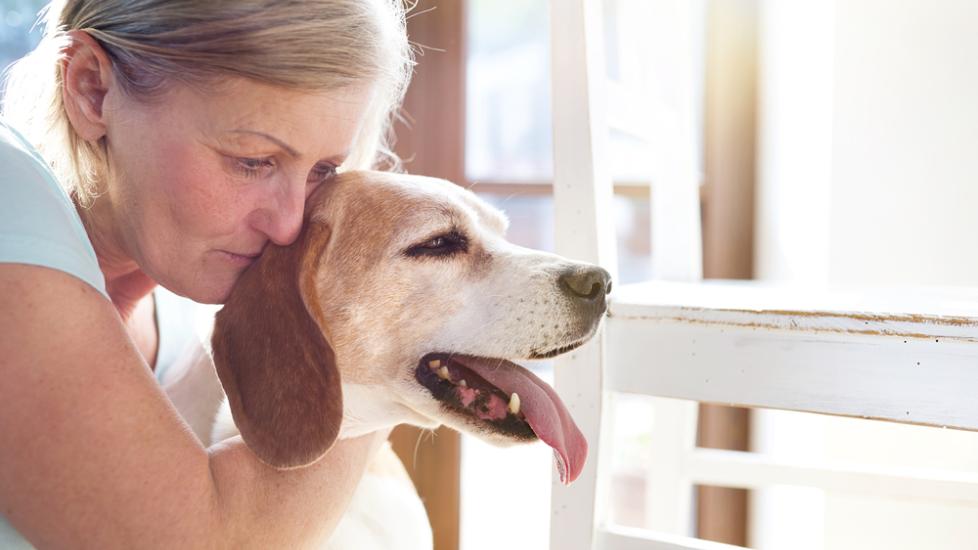Living with a pet can be an incredibly rewarding experience, but it’s not without its challenges. One common concern among pet owners is when their furry friend seems to lose interest in play or moving around as much as they used to. This behavior change might lead you to wonder: what could be going on under that adorable exterior? Let’s delve into the possible reasons behind your pet’s reduced activity and how you can help them get back on track.
Potential Causes of Decreased Activity:
1. Age-Related Changes: Just like humans, pets slow down as they age. If your pet has reached middle age or beyond, they may naturally require less exercise than before.
2. Illness or Injury: A sudden decrease in movement could signal underlying health issues such as arthritis, which causes pain and stiffness in joints. Your pet may avoid activities that exacerbate these symptoms.
3. Environmental Boredom: Lack of mental stimulation and variety in routine can lead to boredom, making even the most energetic animals lethargic over time.
4. Medication Side Effects: Certain medications prescribed for chronic conditions can cause fatigue or weight gain, leading to decreased mobility.
5. Emotional Distress: Pets are sensitive creatures and can feel stressed due to changes in family dynamics, new additions (human or animal), or simply being left alone too often.
6. Hormonal Imbalances: In female dogs especially, hormonal fluctuations associated with heat cycles or spaying can affect energy levels.
Steps to Encourage Your Pet’s Movement:
1. Regular Veterinary Checkups: Schedule an appointment if your pet’s lack of activity seems out of character or persists for more than a few days. Early detection of any medical problems is crucial.
2. Customized Exercise Plan: Adjust your pet’s daily workout based on their current needs and limitations. For older pets, shorter walks combined with gentle stretching exercises might suffice.
3. Mental Stimulation: Provide toys and puzzles that challenge your pet mentally. Interactive games like fetch or hide-and-seek also keep them engaged physically while using their brain power.
4. Variety in Routine: Mix up feeding times, walk routes, and play sessions to prevent monotony from setting in.
5. Positive Reinforcement Training: Use rewards like treats or praise to encourage participation in activities.
6. Consistent Reward System: Make sure to reward your pet every time they engage in active behaviors to reinforce the positive action.
7. Monitor Diet: Ensure your pet isn’t overeating, as excess weight can strain joints and make movement difficult.
8. Create a Safe Environment: Remove obstacles that might discourage movement, such as slippery floors or sharp turns in hallways.
9. Quality Time Together: Spend quality one-on-one time with your pet doing things they enjoy, showing them that staying active leads to fun interactions between the two of you.
10. Professional Help: Consider consulting a professional dog walker or trainer if you need assistance getting your pet moving again. They can provide additional motivation through structured activities tailored specifically for your pet’s personality and condition.
Remember, each pet is unique, so what works well for one animal might not work for another. It’s essential to observe your pet closely and adjust strategies accordingly. By taking proactive steps towards understanding and addressing the issue at hand, you’ll likely see improvements in your beloved companion’s overall health and happiness—including those all-important wags of the tail!
